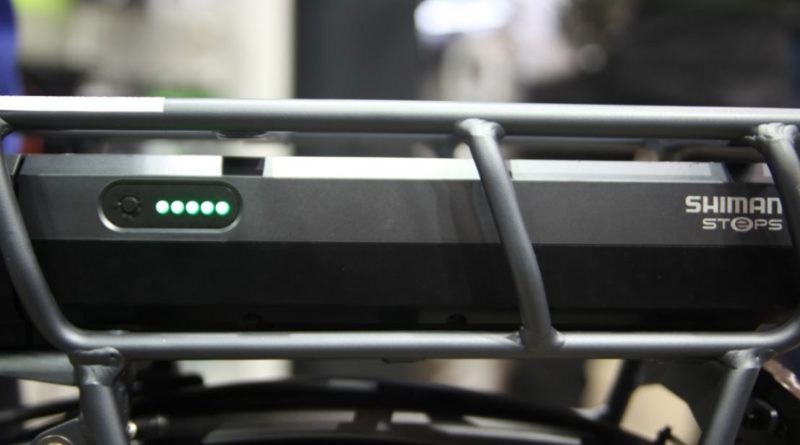Electric Bikes: The pitfalls in determining a battery’s state of charge
By Patrick Benjamin, LEVA Association
Batteries are great – until they run out of power. Exactly when they’ll run out of power is a useful thing to know, but difficult to determine; state of charge indicators are temperamental and often give inaccurate readings, ranging from fairly-accurate to barely-accurate.
The gut reaction of the average person faced with an inaccurate state of charge indicator is to blame the maker of the battery – after all, they built the thing. However, like many things in life, the bulk of the blame lies not with engineers, but with ever-uncooperative mother nature. It’s a simple fact that you cannot look inside a battery to see what’s in there – you can only measure what goes in and what comes out.
To start, it’s important to note that a state of charge indicator is not actually a reading of what’s inside a battery – since we cannot look there – but rather a prediction of how much more electricity might come out of the battery, based on what’s come out already. Measuring what goes in is easy; when we charge a battery, we are letting in a certain amount of power.
Measuring what comes out is also easy – as the battery is discharged, we can record the voltage and current. However, what comes out of a battery is always less than what you put in – and calculating this difference (essential for predicting what remains) is not as straightforward as we’d like it to be.
The reason this difference exists is due to many small factors. Physical conditions like the age and temperature of the battery can have a negative effect on capacity, and some amount of power is lost due to inefficiencies between the battery and whatever it’s powering, as well as the phenomenon of self-discharge (where a battery loses power simply by sitting around). These factors can be measured and accounted for, but never perfectly predicted.
For a lead-acid battery (one of the most common and cheap battery types) the voltage coming out of the battery is all we need to tell (roughly) how much power is left in the battery. It rises and falls in a fairly predictable relationship to the battery’s state of charge. Lithium-ion batteries (used in everything from cellphones and computers to high-end E-bikes) are not so cooperative – their voltage drops sharply just below full charge, plateaus as it discharges, then drops sharply again as it runs out of power. This means that you can really only make an accurate prediction about the state of charge when the battery is either almost full, or nearly empty (which is, of course, fairly useless to us).
Engineers have invented some clever tricks to get around this, and the one used most often, “coulomb counting”, involves counting the amount of electricity going into and coming out of the battery, finding the difference, and then weighting this difference against a set of known information about the performance and construction of the battery (usually established back at the battery maker’s laboratory) to arrive at a useful, if not perfectly accurate, prediction. This does require giving the battery some special attention in the form of routinely completely discharging and then fully charging the battery, in order to reset the predictor’s high and low points.
Another important aspect of all this is that as battery’s age, they tend to degrade in many small ways which, generally, add up to a loss in capacity – but which may not be immediately apparent. Making an accurate determination of the battery’s “state of health” is hard for the same reason we find it difficult to determine state of charge: we cannot look inside the battery. This problem manifests itself when we have a battery which claims to be fully charged, but runs out of power much more quickly than it should. A battery with a particularly poor state of health may in fact charge to 100% – but only at 20% of its original capacity. To the state of charge indicator, a 100% charge is a 100% charge – it doesn’t “know” that the capacity is reduced. Tricks similar to the ones we use to make good predictions about the state of charge have been developed for evaluating the state of health.
Add it all up, and you’ve got the ability to make a pretty good prediction about what the battery might do in a given condition – but not a perfect one – and all of this has to be done on a circuit board small enough to be crammed into the back end of a battery (and it better be cheap, too!).
State of charge indicators may become exceptionally accurate in the future as we develop new methods of predicting battery behavior, but for now, it is what it is.



